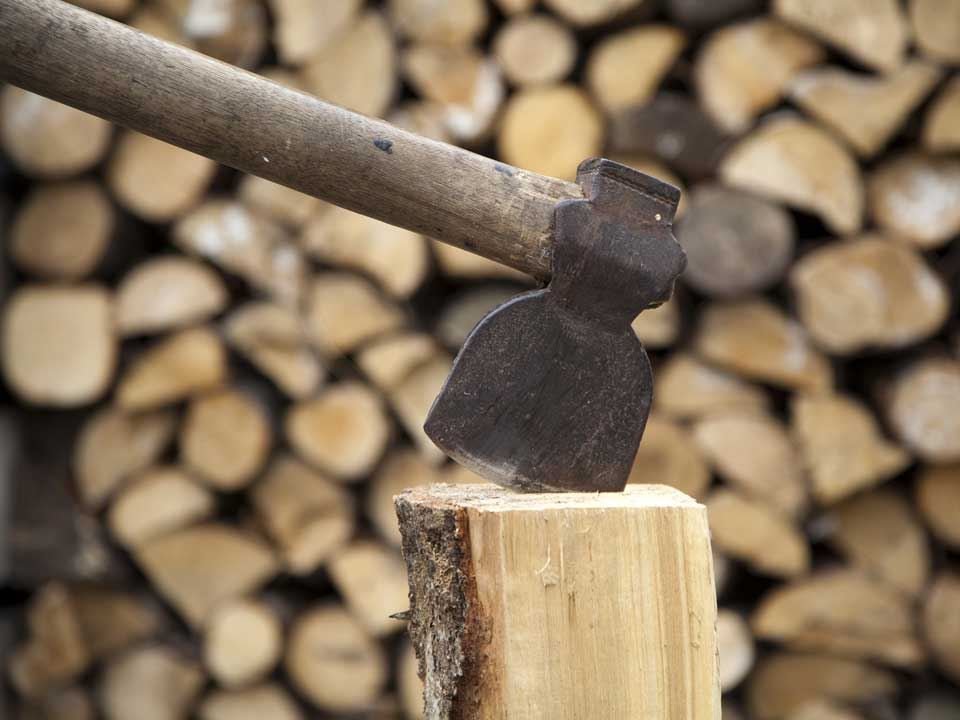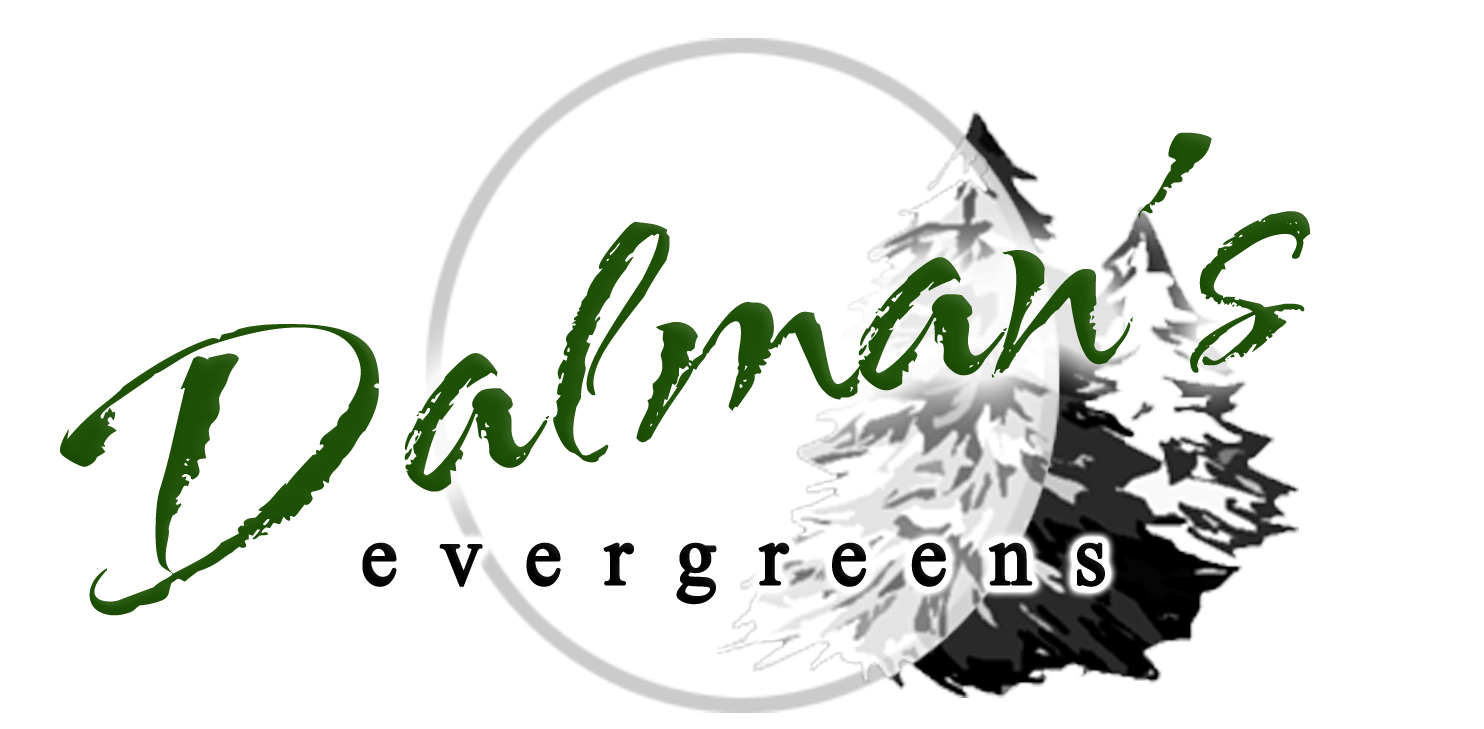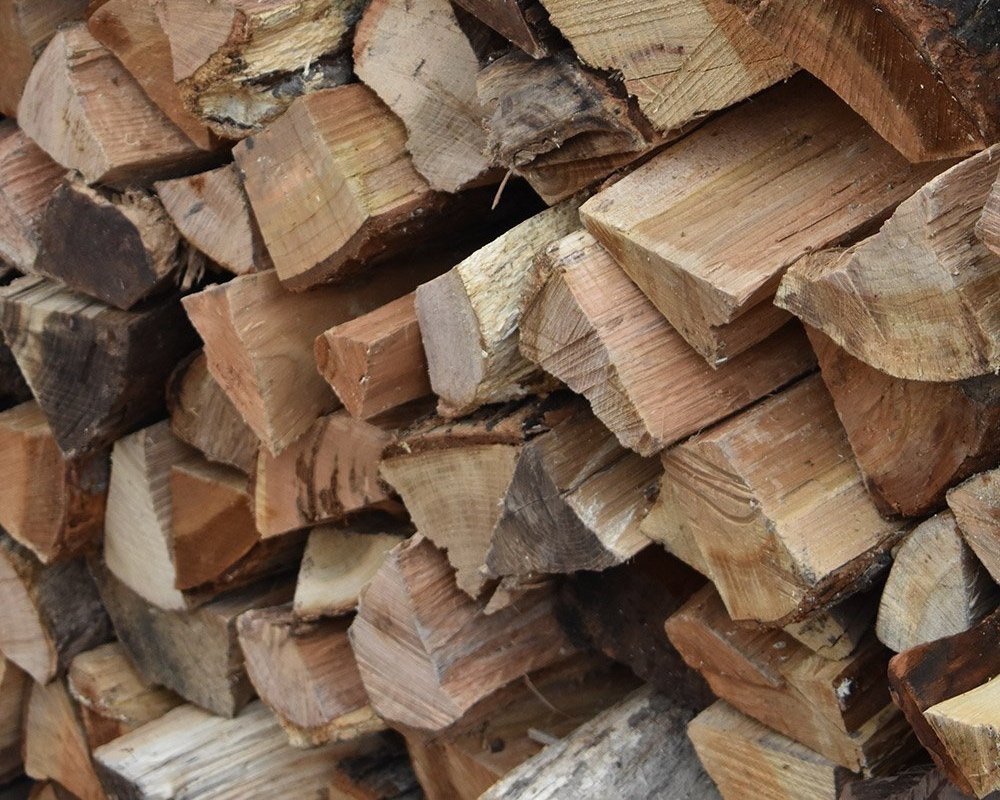
Dalman’s Premium Firewood
OUR WOOD IS ALWAYS HAND MEASURED, NEVER PIECE COUNTED AND NEVER CROSS STACKED
FULL CORD DIMENSIONS 4'H x 4'W x 8'L
FACE CORD DIMENSIONS 4'H x 16"W x 8'L
Mixed Hardwood (Save $25 By Ordering Online)
Use Discount Code $25OFFWOOD
Price Before Discount:
Half Face Cord (4’x4’) $162.50
Face Cord (4’x8’) $250
Full Cord (3 Face Cords = 4’x4’x4’) $700 * FULL CORDS FREE DELIVERY IN MCHENRY COUNTY
SOLD OUT
NEW! PREMIUM MIXED HARDWOOD - (Save $25 By Ordering Online)
Enjoy a mix of premium Birch, Mulberry, Apple, Honey Locust, Oak, Walnut, Hickory & Cherry!
Use Discount Code $25OFFWOOD
Price Before Discount:
Half Face Cord (4’x4’) $175
Face Cord (4’x8’) $275
Full Cord (3 Face Cords = 4’x4’x4’) $775 * FULL CORDS FREE DELIVERY IN MCHENRY COUNTY
Premium Oak (Save $25 By Ordering Online)
Use Discount Code $25OFFWOOD
Price Before Discount:
Half Face Cord (4’x4’) $170
Face Cord (4’x8’) $265
Full Cord (3 Face Cords = 4’x4’x4’) $745 * FULL CORDS FREE DELIVERY IN MCHENRY COUNTY
Premium Cherry - (Save $25 By Ordering Online)
Use Discount Code $25OFFWOOD
Price Before Discount:
Half Face Cord (4’x4’) $175
Face Cord (4’x8’) $275
Full Cord (3 Face Cords = 4’x4’x4’) $775 * FULL CORDS FREE DELIVERY IN MCHENRY COUNTY
Premium Hickory - Smoking (Save $25 By Ordering Online)
Use Discount Code $25OFFWOOD
Price Before Discount:
Half Face Cord (4’x4’) $175
Face Cord (4’x8’) $275
Full Cord (3 Face Cords = 4’x4’x4’) $775 * FULL CORDS FREE DELIVERY IN MCHENRY COUNTY
Firewood Bunk (Pick Up Only, No Discounts)
-
These are self-load racks (or bunks) of seasoned firewood. Cash or check can be placed in the slot in the door, or you can pay online here. You can take a full rack or a half.
-
These are self-load racks (or bunks) of seasoned firewood. Cash or check can be placed in the slot in the door, or you can pay online here. You can take a full rack or a half.
-
The terms face cord and full cord can be confusing. A face cord is the usual increment people purchase their wood in. It takes 3 face cords to make a full cord. If stacked they measure as:
FULL CORD DIMENSIONS 4'H x 4'W x 8'L
FACE CORD DIMENSIONS 4'H x 16"W x 8'L
-
3/4 Seasoned refers to the moisture content in wood. It’s burnable, but will take more effort to get it started. The benefit is that once it is started and has a good coal base, it will burn hotter and longer than fully seasoned wood with less moisture content.
-
Wet Wood and Unseasoned (Green) Wood are the same thing. Unseasoned, or Green, wood is fresh wood from a living tree. Its cells have not all died and still contain living moisture and sap. Seasoned wood that got wet is different. It acts as a sponge and absorbs moisture from the air, but with proper air circulation its able to dry out much faster than Green wood would be able to (days vs. months).
All moisture in firewood is bad. A small amount of moisture in firewood is actually essential to a good fire. When wood is being burned, the moisture will boil creating more heat.
The longer it’s seasoned the better. Wood that has been sitting too long will give off very little heat, a poor flame and burn out quickly. If it wasn’t stored with proper air flow it may also contain large amounts of mold, mildew and insects.
-
Here are 4 things to avoid when ordering firewood. Remember: face cord dimensions are 4’H x 8’W x 16” deep. A full cord is 3 face cords equaling 4’H x 8’W x 4’ deep. If someone tries to give you different dimensions or do any of the following then it’s time to find another company to work with.
PIECE COUNTING – The exact size of every firewood log is different so selling wood by the number of logs is an inconsistent unit of measurement. Generally, companies who sell by the number of pieces will use smaller logs to fill that order resulting in less than a face cord.
CROSS STACKING – The large gaps left between the logs when cross stacked creates the correct measurement, but the customer is severely shorted in their actual face cord dimensions. Companies who offer cross stacking may tell their customer they do this as it creates better air flow to keep wood dry. Although this can help with air flow, the cross stacked dimensions should result in a stack that is well over 4’ H x 8’W.
POOR CUSTOMER SERVICE – Let’s face it, accidents happen. It’s important to know that if something goes wrong the company you’ve chosen to work with will handle the issue.
SHIPPING LOGS IN – Purchasing your wood from a company that uses local wood rather than shipping logs in from other areas has two big benefits. First, local wood means that local tree companies are working. That’s a good thing for your local economy. And second, you don’t have to worry about pests or diseases from other areas being brought to your neighborhood.
-
Let’s be realistic, most people don’t think about ordering firewood until fall. A nip in the air is what gets people thinking about a nice cozy fire. Normally, conditions are wet in the fall so chances are, your firewood will have absorbed some moisture.
What you may not know is that some moisture is a good thing. As the water content of the log burns, it actually raises the amount of heat put out by the log. Wood that has been seasoned more than 2 years will actually put out much less heat than a log that was seasoned for only one year. On the other hand, wood with too much moisture will be impossible to light and cause a huge headache. 15-20% moisture is best for indoor burning.
It’s important to understand the difference between Seasoned wood and Green wood. Green wood is unseasoned. It comes from a fresh living tree that still has sap and moisture in its living cells. Seasoned wood is wood that has dried long enough to allow the living moisture to dry out. Seasoned wood acts as a sponge that absorbs moisture from the elements around it, but is able to dry within days if it has warmth and good air circulation unlike Green wood.
Below are the best ways to store firewood:
GARAGE – Not only will your wood stay dry, but it won’t be covered in snow during winter. The only issue is that there isn’t much airflow in a garage so you’ll want to avoid stacking your wood in the garage if it’s too wet. It will take longer for your wood to dry under those conditions. If possible, allow your wood to dry outside before bringing it in. Otherwise, aim a fan at the wet wood to allow proper air circulation.
OUTSIDE UNDER A ROOF – This is the best way to keep your wood dry, especially if you have it raised a few inches off the ground. The roof will keep your wood from getting wet, while allowing air flow. If snow builds up around your wood stack, not much moisture will be absorbed due to the low temperatures, however, moisture will be absorbed when it melts.
INDOORS – The dry air inside your house will suck moisture out of your wood. Clearly most people don’t have the space or desire to keep an entire face cord stored inside their home. If your wood is not stored in a dry place with good air flow then be sure to bring in enough wood for your next fire a couple of days before you plan to burn. This will allow the wood to dry which will avoid the frustration of a fire that doesn’t want to start.
AVOID:
- Storing under a tarp with sides covered. There will be no air flow and your wood will retain the moisture in the air. This will result in moldy wood that is hard to start.
- Stacking when wet. If your delivery arrives when conditions have been wet outside, your wood needs a chance to dry. Seasoned wood will dry out within a few days if it is in a spot with good airflow. Stacking wet wood in the garage will take longer for it to dry as there is no air flow. You can dry your wood more quickly by using a fan.
- Stacking against the house. This restricts air flow and can cause mold and mildew.
-
The first time I started a fire, I couldn’t believe the frustration it caused. I fumbled with it until I finally gave up feeling defeated. I mean, really – a fire can start on its own under the right conditions so how could this be so hard?
Here are a few simple tricks to avoid the frustration:
STORAGE. Store your wood in a dry place with good air flow. Because homes have such dry air in the cooler seasons it’s best to bring wood in for your next fire a couple of days early, especially if your wood has been stored outside where the air is damp.
KINDLING. A solid base of dry kindling is the single most important part of starting a fire. Take a good handful of dry kindling and put it on the grate before placing your logs on top. Even gas starter fireplaces benefit from a good kindling base for 3/4 Seasoned, wet wood, or the harder varieties like Oak.
SMALL PIECES. Use logs that aren’t very thick to get the fire started, then add the bigger logs once you have a good coal base.
FIRESTARTERS. If you don’t have a gas starter, firestarters are the hassle free way to start a fire. They typically burn for 5-15 minutes (depending on the brand) which is long enough to catch your kindling on fire. Light the firestarter and place it under the grate that has your kindling base and in 5-10 minutes you’ll have a beautiful fire roaring.
-
Often you’ll find firewood companies will sell face cords of varieties like Oak, Hickory, Birch or Cherry by themselves, while each of the other varieties are put together and called Mixed Hardwood.
Mixed Hardwood will consist of Ash, Elm, hard Maple and any other hardwoods that come in from local tree work. This blend will be easier to start and will result in a larger flame, but it will also burn fairly quickly.
Oak is going to be harder to start, have a smaller flame, and it will burn hotter and longer. This is recommended for people who want their fire to produce the most heat.
Cherry is easier to start than Oak, has a nice sized flame. People often say it has a better smell when burning and crackles. It is more apt to throw small burning embers then some other varieties.
Hickory is generally used for smoking foods more often than in the fireplace.
Campfire Wood is made up of soft woods meant for outdoor burning only. This should not be used in an indoor fire place as it will create a buildup of creosote which can cause damage to your chimney and/or chimney fires.








